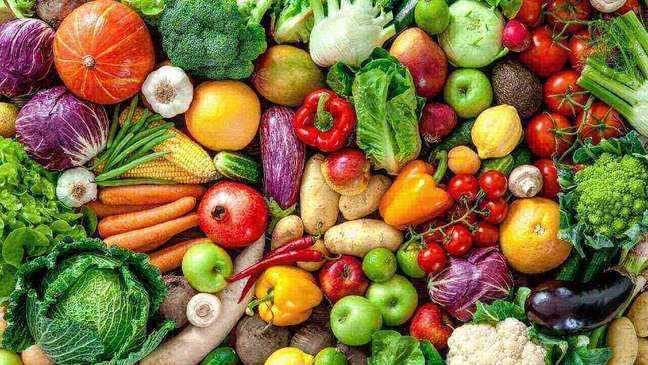
Do you know the meaning of food colors? Even if you don’t know, you’ve probably heard that the more colorful the dish, the healthier it is. And this is true: the greater the variety of colors, the more nutrients our body absorbs.
“Colored meals are more beautiful and guarantee a variety of micronutrients, vitamins and minerals, as the pigments indicate the presence of different substances,” explains food engineer Melissa Carpi.
According to the expert, there is no rule for the right amount of dyes to consume every day. “Nevertheless, it is very good to consume three to five different colors per day“, he stresses. Therefore, it is important to invest in a variety of foods to ensure all their nutritional properties.
Since food colors say a lot about the vitamins and minerals they contain, How about knowing the benefits? Know the meaning of the colors of fruits, vegetables and vegetables, which come from bioactive substances.
yellow and orange
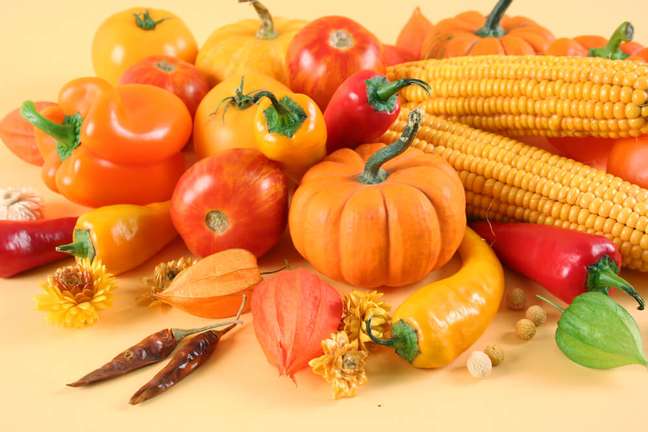
Foods of these colors, like carrots, corn, squash, yellow peppers, mango and orange they are rich in beta-carotene. Once consumed, this substance is metabolized into vitamin A by the body. Additionally, fruits and vegetables contain zeaxanthin, flavonoids and lycopene, which help protect the immune system.
Another important benefit is vitamin C, which prevents infections. Additionally, this yellowish food group can also contribute to eye, skin, and hair health.
Red
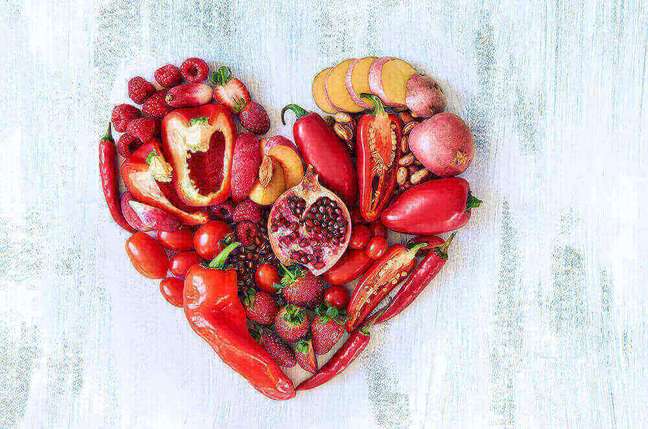
Tomatoes, watermelon, guava, red peppers, beets and berries it generally contains components called lycopene, quercetin, ellagic acid and hesperidin. They are antioxidants, they act on the health of tissues. These foods can also promote the feeling of disposition and well-being, acting in the treatment of stress.
Green
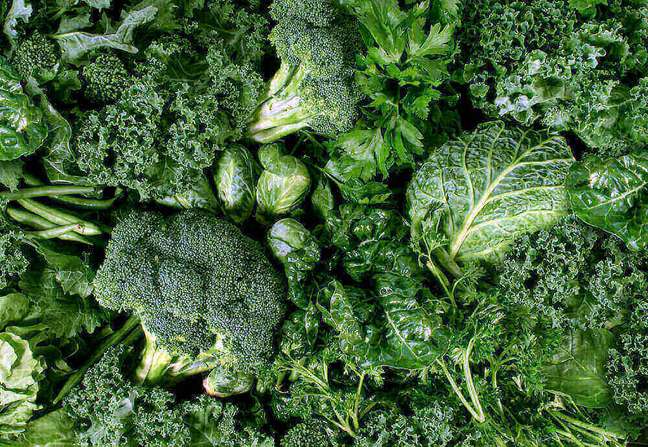
Green foods are always the most suitable in a healthy diet, right? It’s not a casuality. Broccoli, peas, spinach, kale, okra, lettuce, avocado and kiwi and are rich in carotenoids, beta-carotene, lutein, zeaxanthin, potassium, folate and vitamins A, E and C. These nutrients contribute to eye health and reduce the risk of macular degeneration.
“Green foods also have detoxifying potential for cells and fight free radicals, helping to cleanse the body. The green component of these elements comes from chlorophyll, an important cellular antioxidant,” adds Carpi.
purple and brown
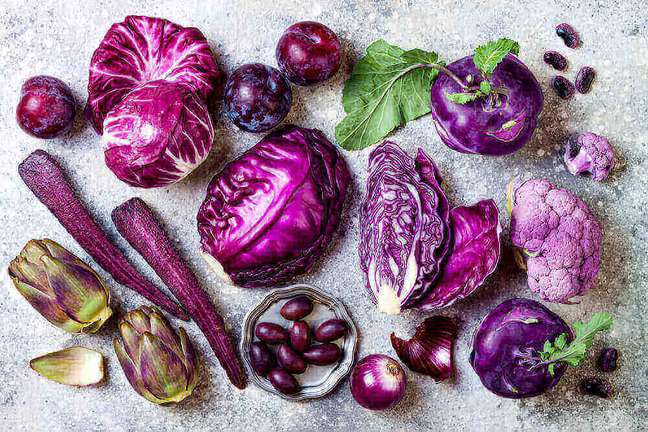
Blueberry, fig, plum, soy, brown rice, red grape lentils and cocoa they have flavonoids, such as anthocyanins (a pigment associated with vitamin B1) and quercetins, and carotenoids, such as lutein and zeaxanthin in their composition. These compounds are antioxidants and help maintain the brain and blood flow. In addition, the food group also protects the heart, increases vitality and collaborates with the functioning of the nervous system.
White
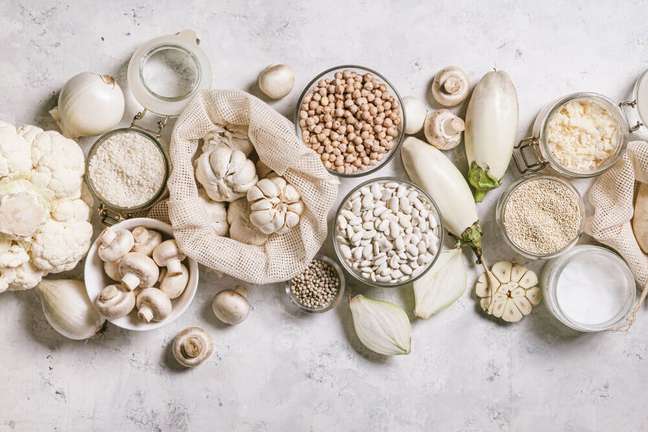
Ingredients such as mushrooms, banana, white beans, onion, turnip and cauliflower they are composed of phytochemicals, which modulate the immune system. These foods are rich in potassium and calcium, they help maintain bones, regulate heartbeat and the proper functioning of the nervous and muscular systems.
+The best content in your email for free. Choose your favorite Earth Newsletter. Click here!
Source: Terra
Benjamin Smith is a fashion journalist and author at Gossipify, known for his coverage of the latest fashion trends and industry insights. He writes about clothing, shoes, accessories, and runway shows, providing in-depth analysis and unique perspectives. He’s respected for his ability to spot emerging designers and trends, and for providing practical fashion advice to readers.








